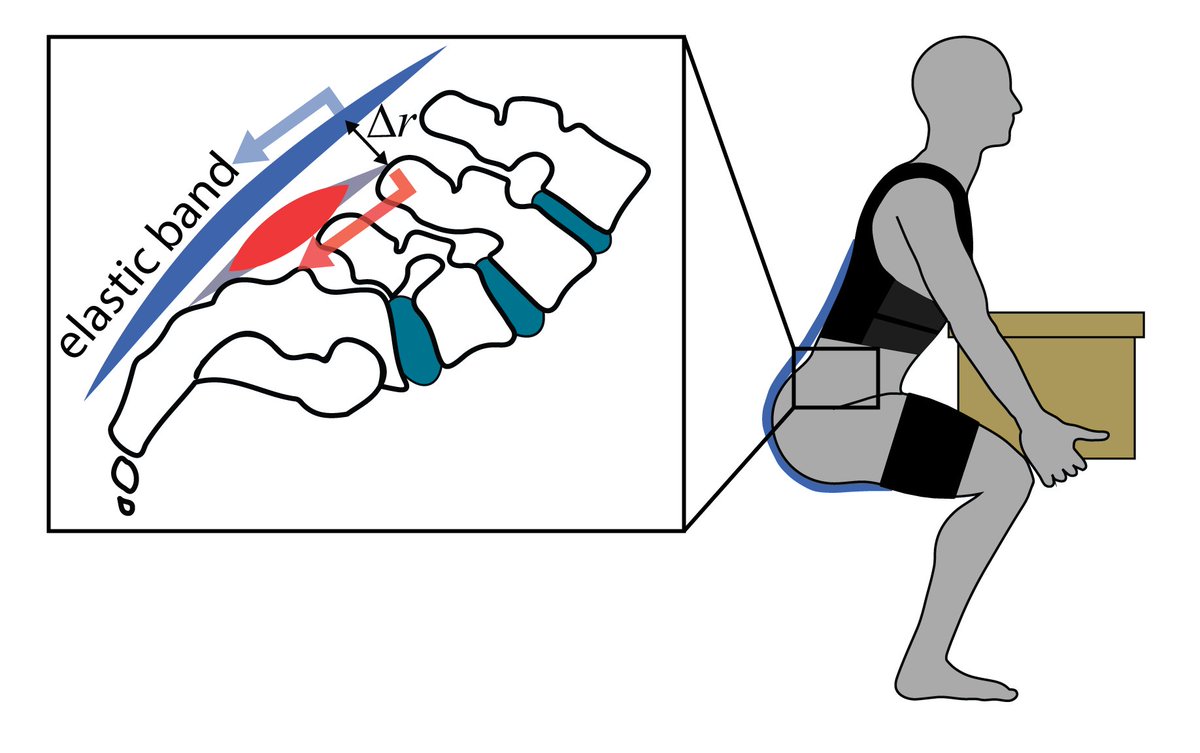
This week, I enjoyed visiting the vibrant, creative, & interdisciplinary researchers in @jointbme @CLEAR_NCSU_UNC.
I gave a seminar on lessons from translational #biomechanics R&D.
I shared 6 actionable tips to improve iterative, user-centric development in academic labs: 🧵
I gave a seminar on lessons from translational #biomechanics R&D.
I shared 6 actionable tips to improve iterative, user-centric development in academic labs: 🧵

@jointbme @CLEAR_NCSU_UNC 1. Spend more time with users
• Get to know users deeply
• Don't focus conversations on your research/tech
• Give time for users to discuss their life & pain points
Use info to build user stories that complement technical requirements, & help prioritize studies or features
• Get to know users deeply
• Don't focus conversations on your research/tech
• Give time for users to discuss their life & pain points
Use info to build user stories that complement technical requirements, & help prioritize studies or features
@jointbme @CLEAR_NCSU_UNC 2. Perform early user testing
• Most academics involve users too late
• People often feel they need a good prototype
• But this is a missed opportunity
There are lots of ways to test with and learn from users before you have a complete prototype or formal study protocol.
• Most academics involve users too late
• People often feel they need a good prototype
• But this is a missed opportunity
There are lots of ways to test with and learn from users before you have a complete prototype or formal study protocol.
@jointbme @CLEAR_NCSU_UNC 3. Adopt a design framework
• You don't have to create your own
• In our lab we use Modified Agile for Hardware Development
• Spliced with some tips from @theleanstartup
Most academics were never trained to do iterative user-centric design; but that's ok, you can learn how!
• You don't have to create your own
• In our lab we use Modified Agile for Hardware Development
• Spliced with some tips from @theleanstartup
Most academics were never trained to do iterative user-centric design; but that's ok, you can learn how!
@jointbme @CLEAR_NCSU_UNC @theleanstartup 4. Embrace a junkyard mentality
• Think Junkyard Wars (old TV show)
• Having materials, tools & random junk around is enabling
• Explain to your team the value of quick & dirty prototyping
The goal early in development is often to build-test-learn as quickly as possible.
• Think Junkyard Wars (old TV show)
• Having materials, tools & random junk around is enabling
• Explain to your team the value of quick & dirty prototyping
The goal early in development is often to build-test-learn as quickly as possible.
@jointbme @CLEAR_NCSU_UNC @theleanstartup 5. Delay systematic research gratification
• Not everything needs to be a formal study
• Quick user tests or interviews to inform design are valuable
• Often these activities are not systematic research
Talk to your IRB about how to structure and streamline this type of work
• Not everything needs to be a formal study
• Quick user tests or interviews to inform design are valuable
• Often these activities are not systematic research
Talk to your IRB about how to structure and streamline this type of work
@jointbme @CLEAR_NCSU_UNC @theleanstartup 6. Use single-subject test protocols
• Our field is overly enamored w/ group-level statistical tests (t-test, ANOVA)
• But often these are unnecessary in early dev.
The initial goal is to assess feasibility, not generalizability; so I find ABA tests are often better & faster.
• Our field is overly enamored w/ group-level statistical tests (t-test, ANOVA)
• But often these are unnecessary in early dev.
The initial goal is to assess feasibility, not generalizability; so I find ABA tests are often better & faster.

@jointbme @CLEAR_NCSU_UNC @theleanstartup TL/DR
1. Spend more time with users
2. Perform early user testing
3. Adopt a design framework
4. Embrace a junkyard mentality
5. Delay systematic research gratification
6. Use single-subject protocols for rapid testing
#innovation #development #academia #biomechanics
1. Spend more time with users
2. Perform early user testing
3. Adopt a design framework
4. Embrace a junkyard mentality
5. Delay systematic research gratification
6. Use single-subject protocols for rapid testing
#innovation #development #academia #biomechanics
• • •
Missing some Tweet in this thread? You can try to
force a refresh








